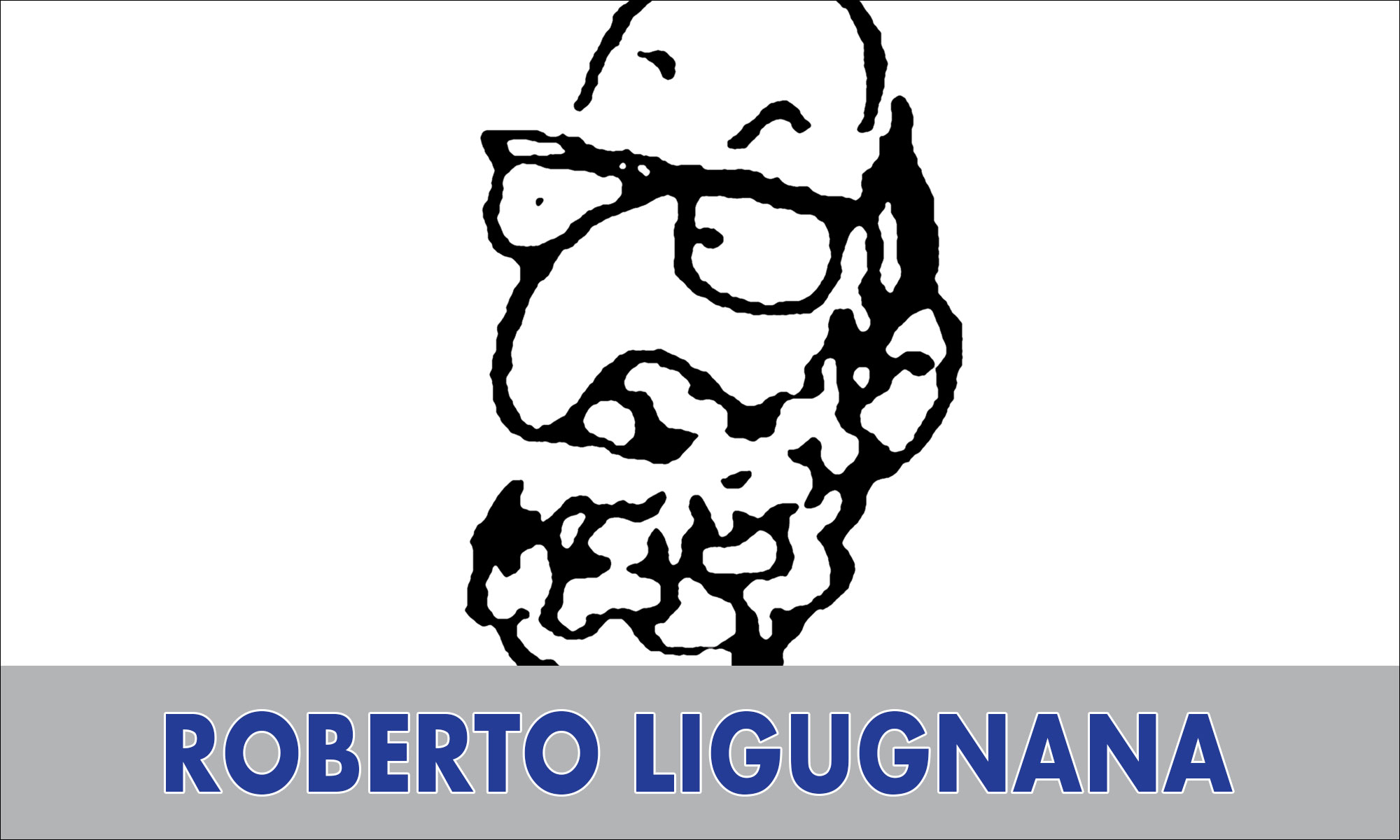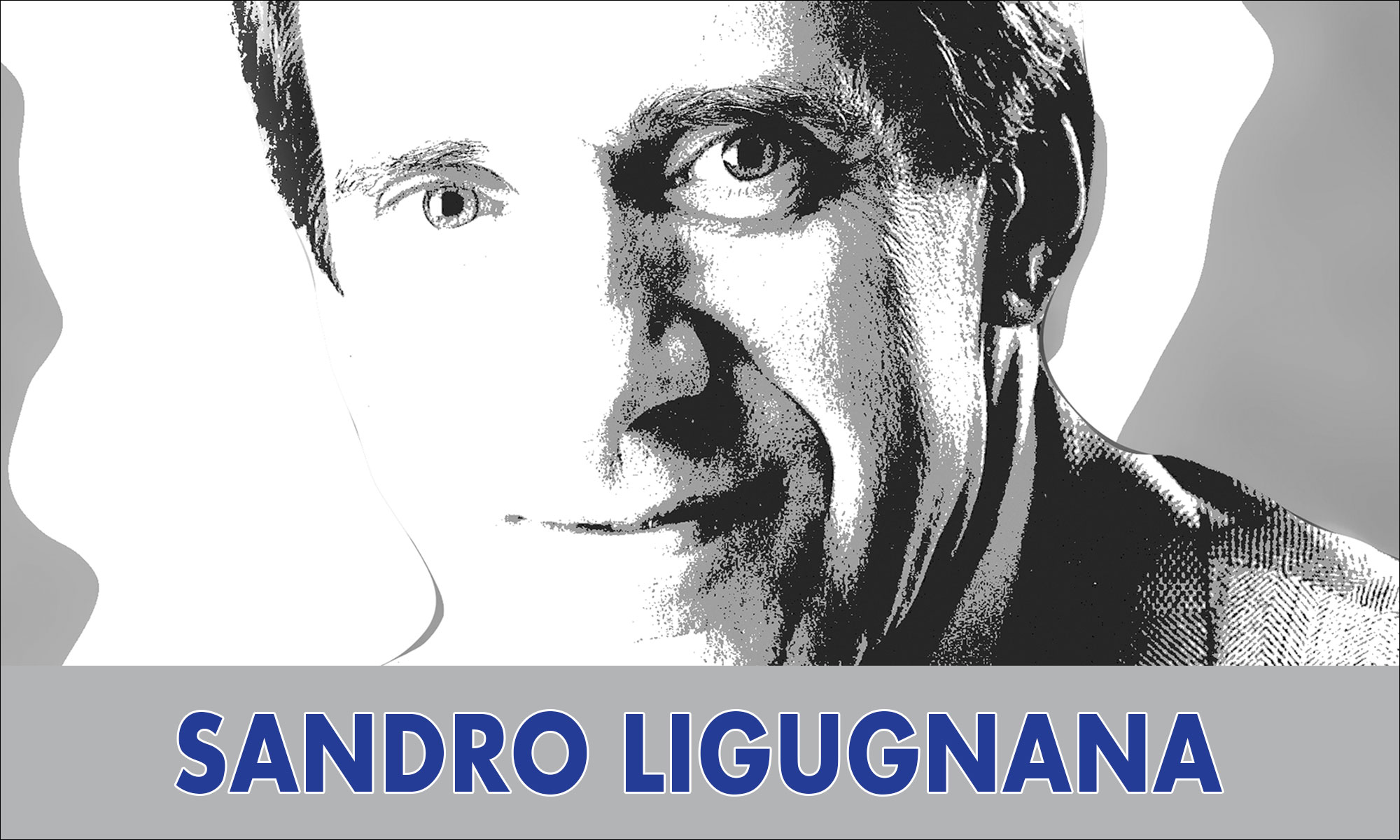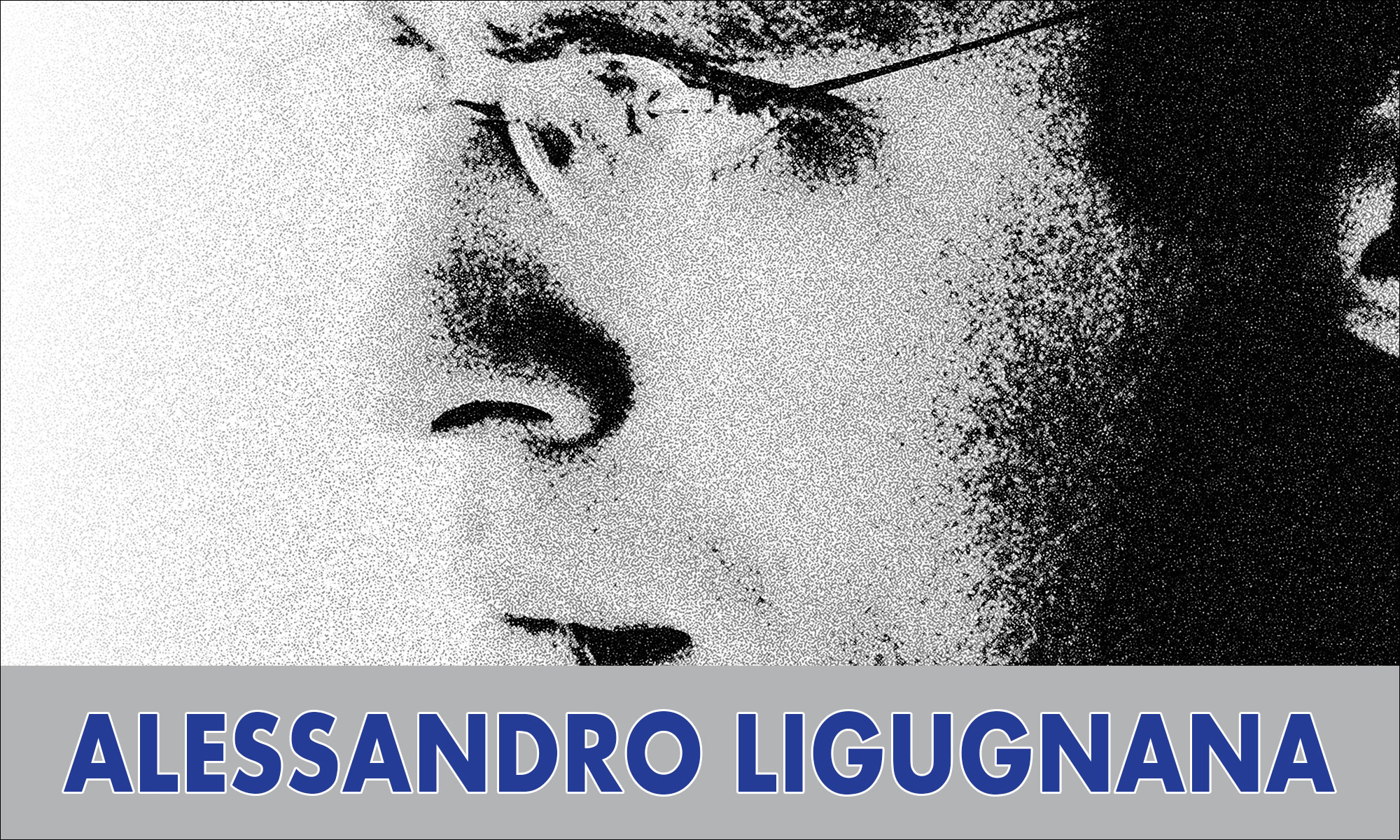SPORT – Sitting can ruin your medal hopes
Sitting can
ruin your
medal hopes
For the dedicated amateur athlete or club sportsperson, life is a juggling act between the demands of family/home, work and sporting ambition. And it’s easy to forget how much those other elements of life can impact upon sporting progress and the ability to excel.
In Sports Injury Bulletin, physio Sean Fyfe posts a reminder about the potential adverse consequences of the sedentary day job, whether it be long hours in traffic jams driving a delivery truck or long hours hunched over a lap-top researching legal precedent for a client.
Through two illustrative hypothetical cases – Jack the delivery man and marathon runner, and Denise the lawyer and triathlete – Sean looks at some typical problems of sitting, and how to correct them.
What’s wrong with sitting? Typically, Sean says, the sports therapist might expect to see:
- - tight hip flexors, hamstrings, calves
- - tightness through the external hip rotators, leading to restriction in hip joint range
- - limitation of lumbar spine extension
- - stiff thoracic spine
- - protracted and elevated scapulas with weak lower trapezius and serratus anterior
- - tight and weak posterior rotator cuff
- - poked chin posture with associated weak deep neck flexors and overactive upper trapezius, levator scapula and rhomboid muscles.
“Prolonged sitting has also been linked to acute muscle strains in dynamic sports, in particular hamstring strains,” Sean writes. “The lumbar spine stiffness associated with sitting leads to altered neural input into the posterior thigh, the theory goes. This can manifest as increased muscle tone of the hamstrings, which will alter the length-tension relationship and increase the risk of strain.”

















